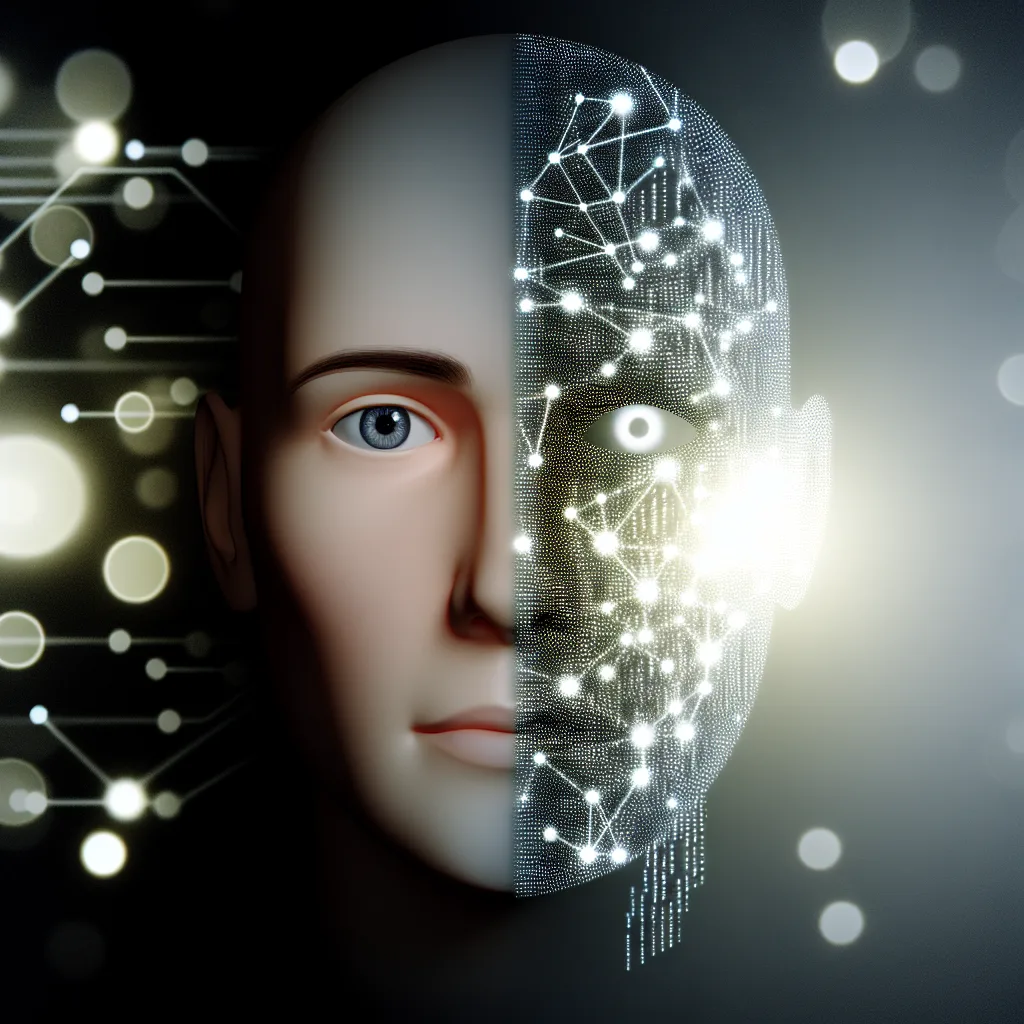It’s not always about scams. Let’s break down the surprisingly human reasons behind the digital deepfakes.
Have you ever been scrolling online and seen a video of a celebrity saying something… completely out of character? Maybe it was Tom Cruise doing a magic trick that seemed a little too real, or a politician endorsing a product they’d never touch. A while back, a clip of Jimmy Kimmel saying a dramatic “goodbye to my audience” made the rounds, confusing a lot of people. It looked real, but it felt off. It leaves you wondering what the point of these celebrity AI videos really is. If it’s not always an obvious scam, what’s the motivation?
It’s a great question. While our minds often jump to the negative, the reasons behind these creations are more varied than you might think. They range from simple jokes to complex artistic statements. Let’s break down why someone would spend hours creating a fake video of Matt Damon and Guillermo.
The Most Obvious Reason: Scams and Misinformation
Let’s get the scary one out of the way first. You’re right to be skeptical. The most widely understood use for fake celebrity endorsements is, unfortunately, for scams. A creator can use a celebrity’s likeness and voice to promote a cryptocurrency scheme, a questionable health supplement, or some other too-good-to-be-true product. By borrowing the trust and familiarity of a famous face, they can trick people into handing over money or personal information.
This extends to misinformation, too. Imagine a fake video of a world leader declaring war, or a CEO tanking their company’s stock with a fabricated announcement. The potential for chaos is very real. This malicious use is a huge concern, and organizations are constantly working on better ways to detect these fakes. For anyone wanting to get better at spotting them, WIRED has some great resources that can help you become a more critical viewer.
A Deeper Look at Non-Profit Celebrity AI Videos
But what about the Kimmel video? There was no product link, no political message. It was just… weird. This is where we get into the more nuanced and, frankly, more interesting reasons. The primary motivation for clips like that is often satire and parody.
Think of it as the 21st-century version of a political cartoon or an Saturday Night Live sketch. Someone had a funny idea—a dramatic, fictional feud between Kimmel and Matt Damon—and used AI as their tool to bring it to life. It’s not meant to deceive for profit; it’s meant to entertain, to poke fun, and to comment on celebrity culture. It’s comedy, just with a much more sophisticated technology behind it. These creators are essentially digital puppeteers, using familiar faces to tell a new, funny story.
Technical Skill and Artistic Expression
Another major driver is simply the challenge. Creating a seamless, believable deepfake is incredibly difficult. It requires a powerful computer, specialized software, and a massive amount of technical skill. For many creators, making celebrity AI videos is a way to showcase their talent. It’s like a digital portfolio piece.
They aren’t trying to trick the world; they’re trying to impress their peers in the VFX, AI, or digital art communities. They post their work on social media or forums to get feedback, build a reputation, and push the boundaries of the technology. They often choose celebrities because their faces are so well-documented, providing the thousands of images needed to train the AI model. As the MIT Technology Review explains, the process is complex, and successfully creating a convincing video is a badge of honor for many tech artists.
Fandom, Tributes, and Creative Storytelling
Finally, there’s the human element of fandom. Fans have always created art inspired by their heroes, from fan fiction novels to hand-drawn portraits. AI is just a new tool in their toolbox.
Some fans use AI to create tribute videos, perhaps bringing a beloved actor who has passed away back for one last “scene.” Others create “what if” scenarios, placing a modern actor into a classic film or vice versa. It’s a form of creative wish-fulfillment, allowing them to engage with the characters and stories they love on a deeper level. It’s less about fooling an audience and more about sharing a creative vision with a like-minded community.
So, the next time you stumble across one of these strange videos, take a moment. While it’s wise to be cautious, remember it might not be a scam. It could be a joke, a passion project, or a stunning piece of digital art from someone just trying to connect with the culture we all share.
